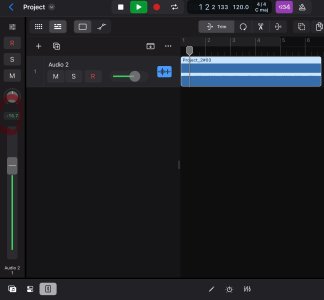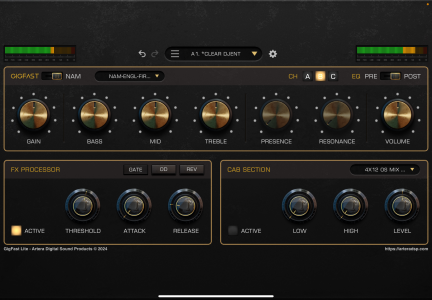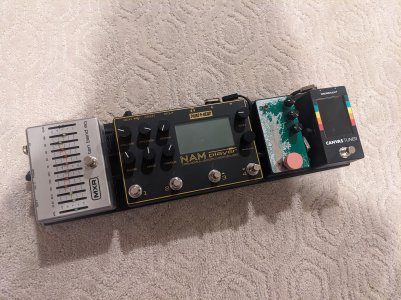I tried both, the Melo Audio (there is a rebranded model in uncle Thomm, named MP500 or something like that) and the Xtone Pro.
Didn´t like any of them.
The Melo was limited in the MIDI CC implementation (you can´t define the value of a CC number). Moreover, the audio convertion is bad. When I recorded a take and watched its wave in a DAW, it was offset with respect to zero axis. And the peaks appeared to be much less defined than the same kind of recording through my EVO4. Besides, the built in analog boost of the input was noisy... it worsened considerably the input signa, it was basicly unusable. I think this device is just garbage, sorry.
And the Xtone Pro... I found it also very limited in the MIDI implementation. I don´t remember too well what was the problem. If I recall, I think it was that you couldn´t choose which CC to send or something like that (sorry, don´t have a fresh idea about it)... like if it was intended for using the MIDI learn funtion in the plugins. Another BIG issue is that the input was NOISY if I used a mic. I had to put in the middle a little 1:1 isolator to get rid of the noise. And finally... the guitar input had no gain regulation, no knob or whatever. Even when you can use the "new trend" of using minimum gain input for correct use of guitar plugins, it´s not a bad thing to have some kind of regulation. Then, taking into account the bad quality of the AD converters in the Melo Audio, I kind of have little trust in these chinese interfaces converter quality. If We are so enthusiastic about the accuracy and quality of NAM, it´s a real waste to use bad quallity interfaces, really.
The quality of these devices, in terms of AD/DA is not reviewed anywherre. We only have the marketing word of both companies (high quality 192kHz 24bit audio!!!)... but honestly, I think that, if someone made a serious review with measurements and so, We´d discover that all tha giltters is not gold.
They also claim "ultra low latency!!!"... I didn´t notice less latency with than a Zoom U-44 which I had at the time, either. I don´t remember if I made some RTL measure in that moment, but wasn´t specially impressed by that.




